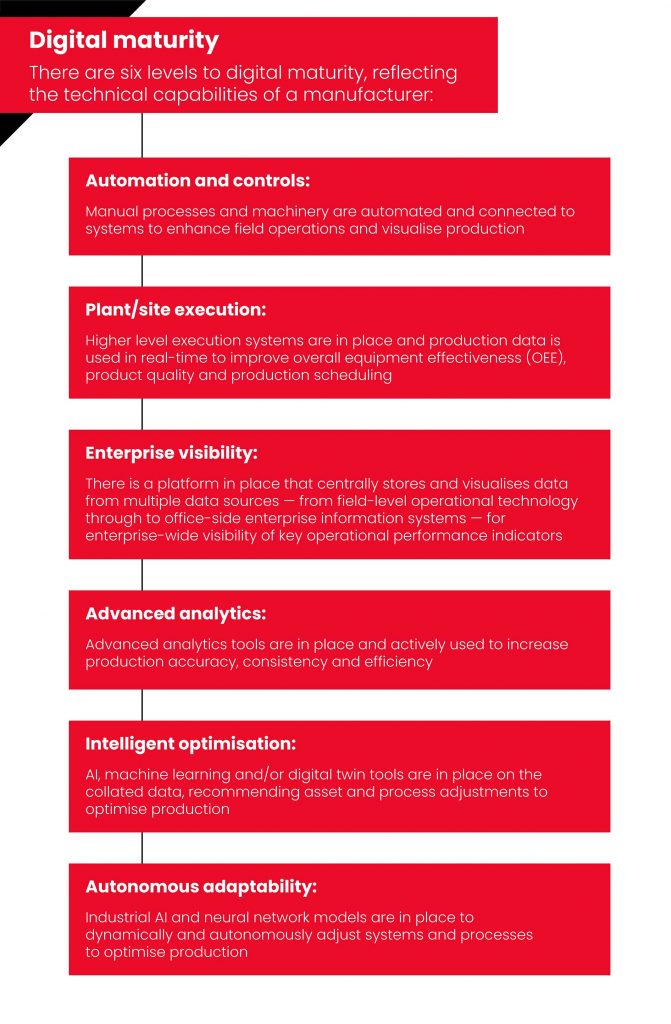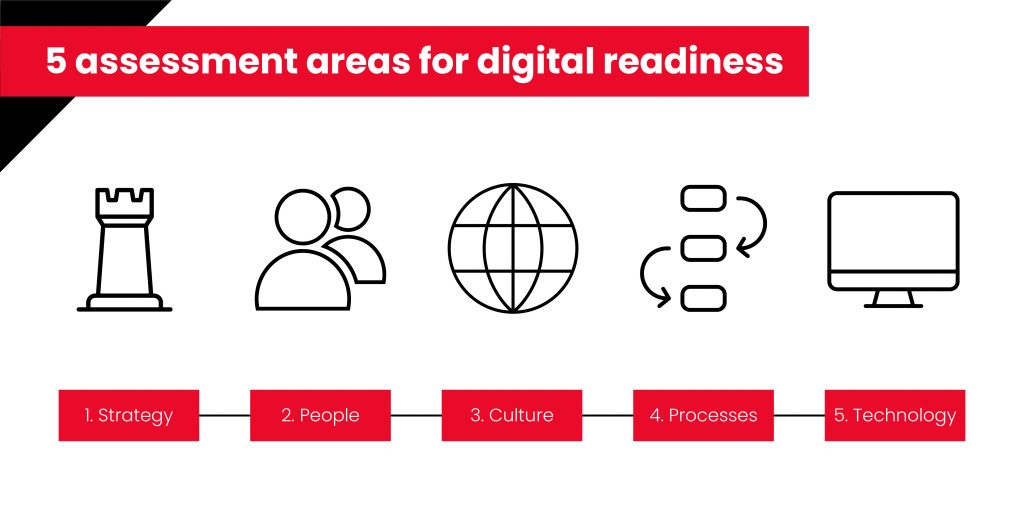Are you ready for digital transformation?
For years, digital transformation has been considered a new frontier for manufacturing and industrial operations. In the wake of the COVID-19 pandemic and the series of subsequent supply chain struggles, it’s becoming apparent that digital transformation is no longer the next frontier; it’s the next normal. However, it is also a journey rather than a destination. As with any journey, you need to know where you are departing from, not simply where you intend to go.
The 2021 State of Manufacturing report by Fictiv identified that the pandemic has accelerated interest and investment in digital transformation. 91 per cent of manufacturing business leaders increased their investments into digital transformation in the past year, with 77 per cent reporting to have done so substantially. Beyond the 91 per cent that have already ramped up investment, an additional four per cent agreed that digital transformation is essential to future success.
There are many possible reasons for why the extra four per cent have not increased their investments. One of the most common reasons that we encounter is uncertainty: where to invest, what the benefit could be or whether the implementation will align with longer-term objectives. In many cases, it’s a reflection of business leaders not knowing their level of digital maturity or where they are in the digital transformation cycle.
Assessing your level of digital maturity and readiness is an essential step prior to undertaking any digitalisation project. Although they sound similar, digital maturity and digital readiness are distinct; the former focusses on technological deployments, whereas the latter encompasses a review of enterprise-wide processes, skills and staff.

Most manufacturers tend to focus on digital maturity as the sole measurement. This impedes the effectiveness of digital transformation initiatives. However, it is still an important metric to track.
Many manufacturers that Novotek encounters are around level two in the digital maturity index but set their project objectives on leaping to levels four and beyond. This leads to expensive, ineffectual system deployments that could be avoided with an accurate view of digital maturity and proper consultation. It is important that business leaders think of the index as an elevator; they must ascend one level at a time.
Digital readiness
Transformation does not happen in isolation. Assessing digital readiness involves looking at each aspect of a business to determine whether the foundations are in place for the next level of digital investment to be successful.
There are five assessment areas for digital readiness:

Whether assessing digital readiness or maturity, the most important factor is the honesty of the organisation. Assessments should be conducted on as much tangible, observable evidence and data as possible to produce an accurate reflection of its current state. In many cases, involving a specialist as a neutral third party is advantageous at this stage because it limits biases or accidental omissions and oversights.
Digital transformation appears to be an essential aspect of the next normal for manufacturers. Business leaders must be able to embrace it effectively to recover from and adapt to a post-COVID world.


